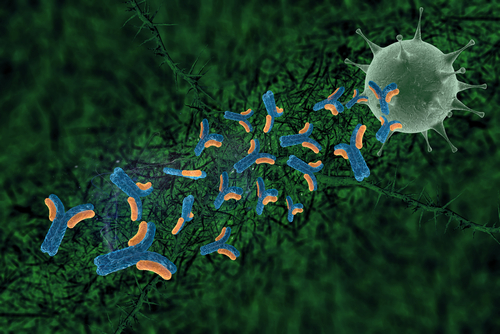Results from a recent study published in the journal Deutsches Ärzteblatt International showed that nine out of ten patients with Hodgkin’s lymphoma (HL) survive this type of cancer due to the high efficacy of the available treatments.
According to the study, which was conducted by researchers from the Department of Pediatrics, HELIOS Klinikum in Berlin Germany, these high survival rates depend on the type of treatment offered to patients as late sequelae of treatment may occur including secondary malignant neoplasia (SMN).
In the study titled “Secondary Malignancies Following Treatment for Hodgkin’s Lymphoma in Childhood and Adolescence” the researchers evaluated the occurrence of secondary malignant neoplasia (SMN) in Hodgkin’s lymphoma patients and on its possible causes.
Data from a total of 2,548 patients sought from pediatric Hodgkin’s lymphoma studies conducted over the period 1978–2002 were asked every 2–3 years about possible late sequelae of treatment, either directly or through their physicians.
Results revealed that a total of 147 cases of SMN were diagnosed in 138 of the 2548 patients, including 47 cases of thyroid cancer, 37 of breast cancer, and 15 of hematopoietic neoplasia.
Overall, one in every four or five patients treated for Hodgkin’s lymphoma in childhood or adolescence developed SMN within 30 years of treatment.
Hodgkin’s lymphoma is usually treated with both chemotherapy and radiotherapy. Depending on the particular combination of agents used, and on the intensity of treatment, some patients develop other types of cancer years afterward; for example, some patients treated with radiotherapy later develop malignant neoplasms as a consequence of their treatment.
According to researchers, childhood or adolescence cancer survivors must be told that the treatment can have late complications, including SMN due to radiotherapy. The authors also suggest that measures should be indicated for the early detection of secondary breast cancer and thyroid cancer (for all patients who have received radiotherapy to the neck or mediastinum).
However, most survivors of HL in childhood or adolescence do well. These patients fervently want to lead a normal life and are highly motivated to do so. Physicians should support this desire while informing patients of the possibility of late sequelae and the need for regular medical follow-up.


